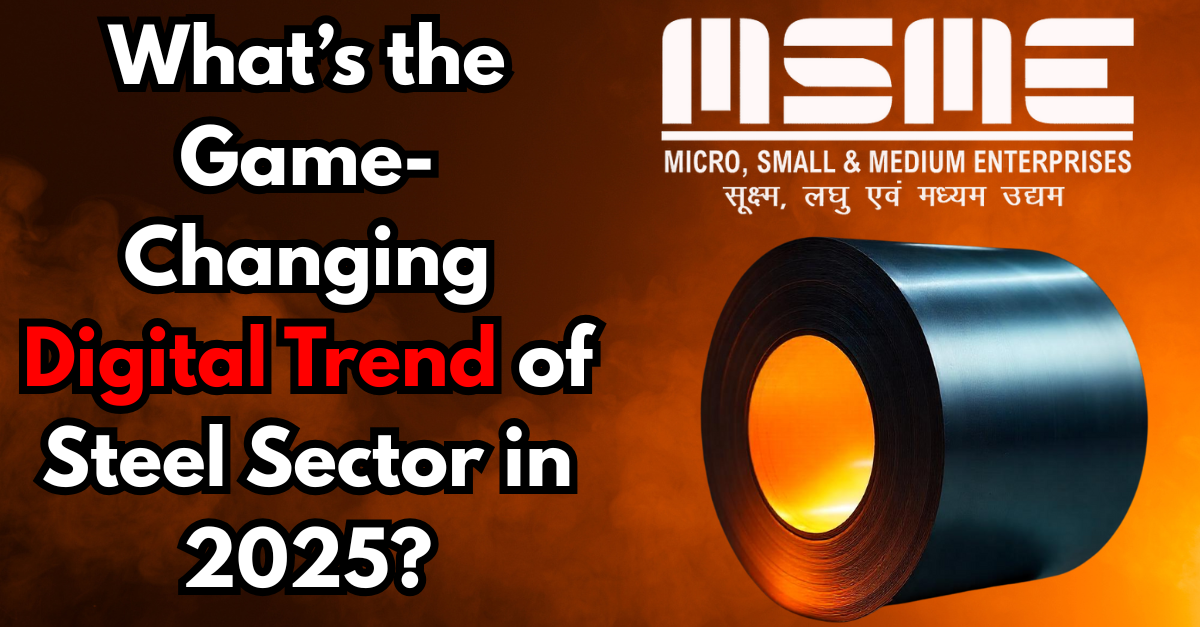India–US Trade Tensions Rise Over Steel and Auto Tariffs NMDC Limited reports a 38% drop in Q4 FY24 consolidated net profit RINL to Raise $23 Million Through Land Sales Amid Crisis

India’s steel industry is seeing a fresh wave of innovation, and at the heart of this transformation are Micro, Small, and Medium Enterprises (MSMEs). From local rolling mills to fabrication shops and scrap processors, these businesses form the invisible backbone of the steel supply chain. And now — thanks to rapid digitisation — they’re playing a far bigger, smarter role.
Traditionally, steel MSMEs have worked in a highly fragmented, price-sensitive market. But in the last two years, with digital procurement, AI-driven pricing tools, and inventory automation platforms emerging, MSMEs have moved beyond just being vendors or local suppliers.
They’re now adopting real-time pricing dashboards, digital RFQ (Request for Quotation) systems, and online scrap marketplaces to streamline their buying, selling, and financing processes.
The most game-changing digital trend expected to redefine MSME operations this year is AI-powered predictive analytics. These tools use historical market data, real-time price fluctuations, and demand trends to forecast steel prices, raw material needs, and supply chain risks.
Platforms like SB Predict and other AI-backed dashboards are making it possible for MSMEs to:
This is a huge shift for MSMEs that earlier relied on brokers and word-of-mouth for market cues.
Also Read : Explainer: Donald Trump's 25% tariff hike on steel and aluminium comes into effect. Here's how it will impact industries Digitalizing the Steel Industry: How SteelBazaar Addresses Key Challenges with Innovative Solutions